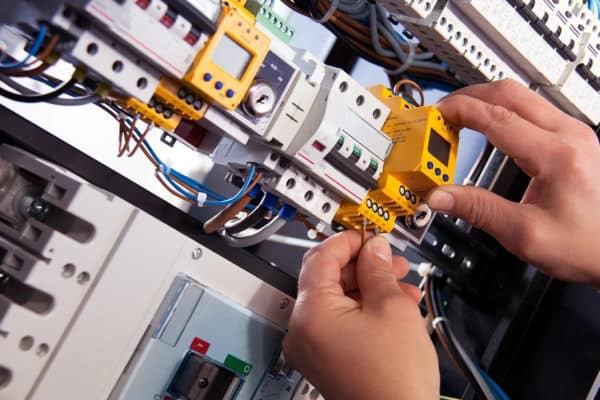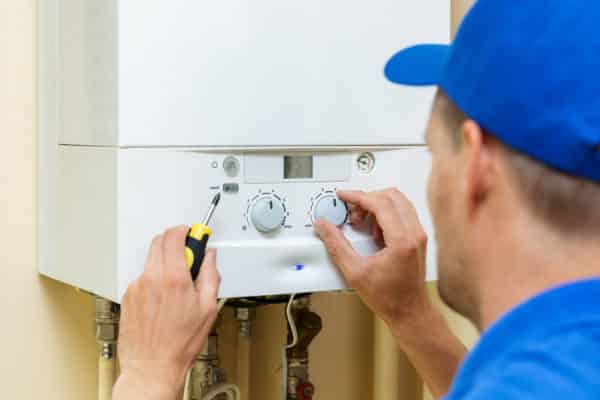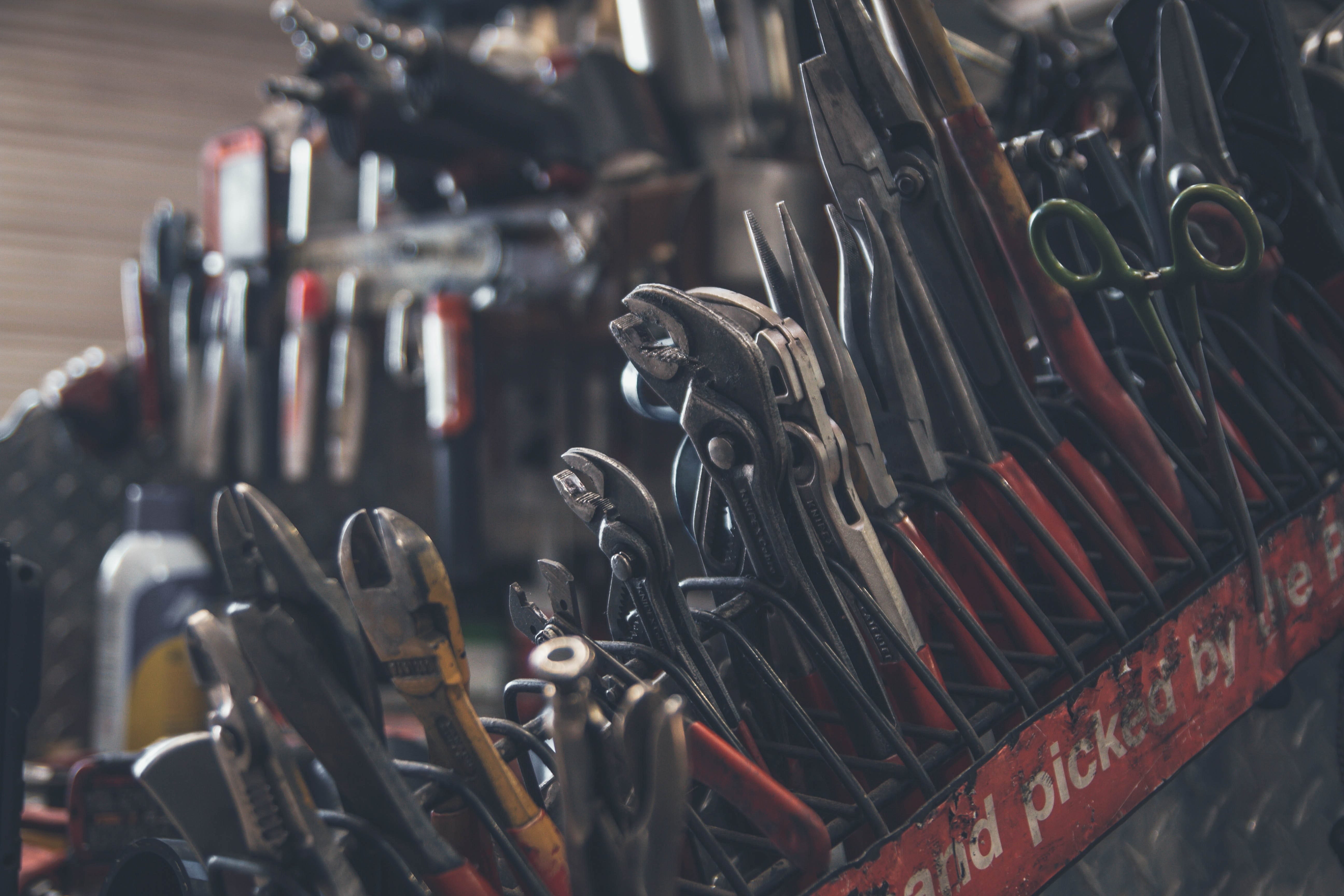What are unbalanced radiators?
Unbalanced radiators don’t heat up at the same speed as each other – leaving some areas in your house colder than others.
This can become a nuisance in the winter and drive up the cost of your energy bills, as the hot water flowing from your boiler is not distributed properly.
Signs your radiators are unbalanced:
- You turn on the heating and some rooms get hotter than others.
- You notice a big difference in temperature between rooms.
- It takes a long time for your whole house to heat up.
- The thermostat has to be set higher or lower than your desired temperature.
If this sounds like your home, don’t worry!
You can balance your radiators using these 3 simple steps:
- Bleed Your Radiators:
Feel your radiators, you may notice cold spots which are a cause of unbalanced heat distribution. You’ll need to bleed any radiators affected by this.
To-Do This:
- Place a towel/container below the valve
- Twist trapped air to allow escape
- Ensure boiler pressure is 1.0-1.5 bars and test your heating once done.
- Open Your Radiator Valves
Make sure your radiators have completely cooled (so you don’t burn your fingers!). Open up the valves on radiators that are taking up the most heat – you may need a spanner for this:
Turn the valves anti-clockwise (about a quarter turn) until you can’t twist them further. Remove the plastic cap from the lock shield valves before attempting to open.
Turn back on the heating and make note of which radiators are the hottest and which lack heat.
- Restart Your Central Heating
Turn off your heating and let your radiators completely cool again before turning them back on.
Go to the warmest radiators, make sure the valves are locked then turn them anti-clockwise by a quarter to open them.
Your radiators should now be balanced, distributing hot water to all your radiators evenly.



